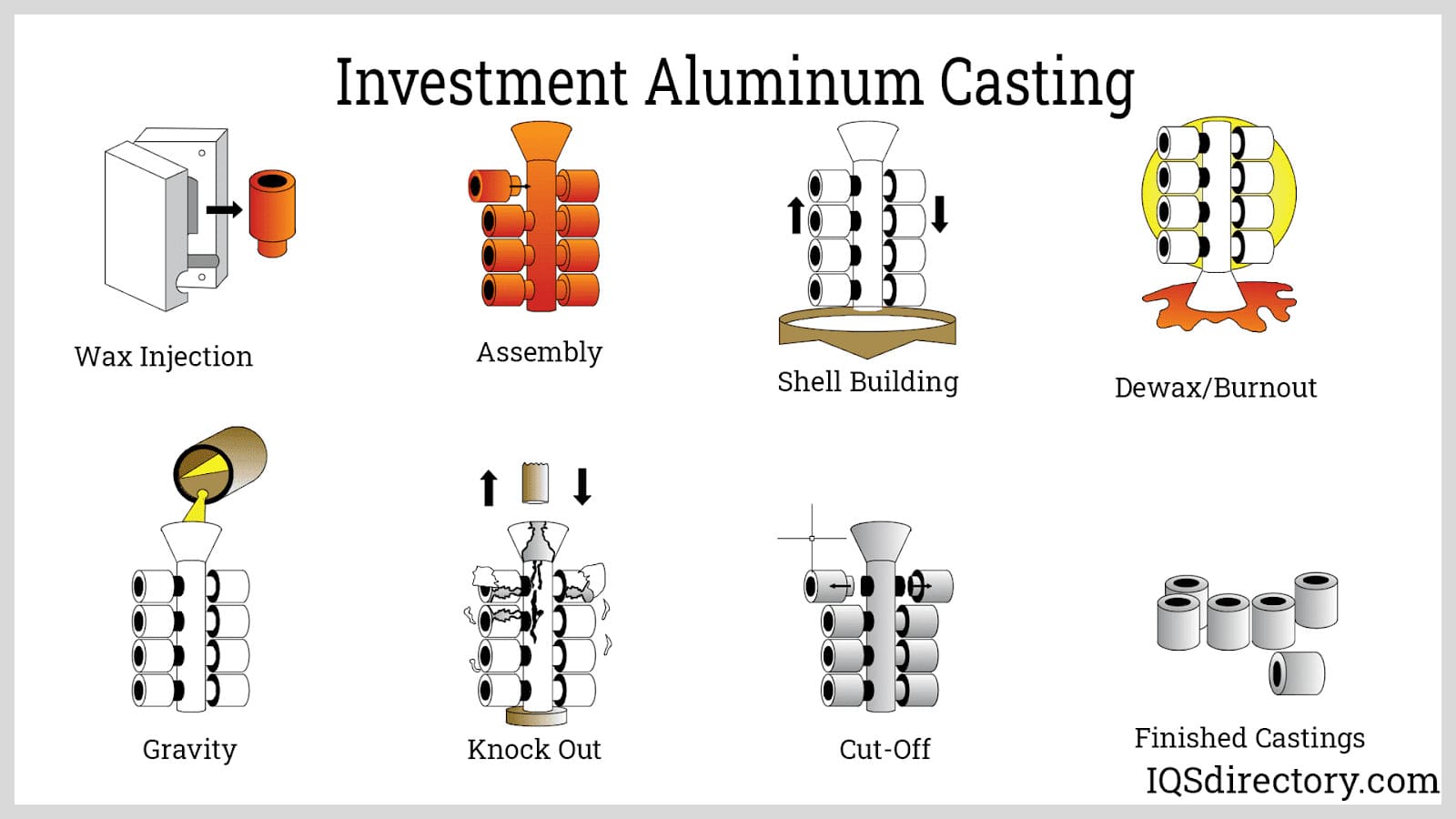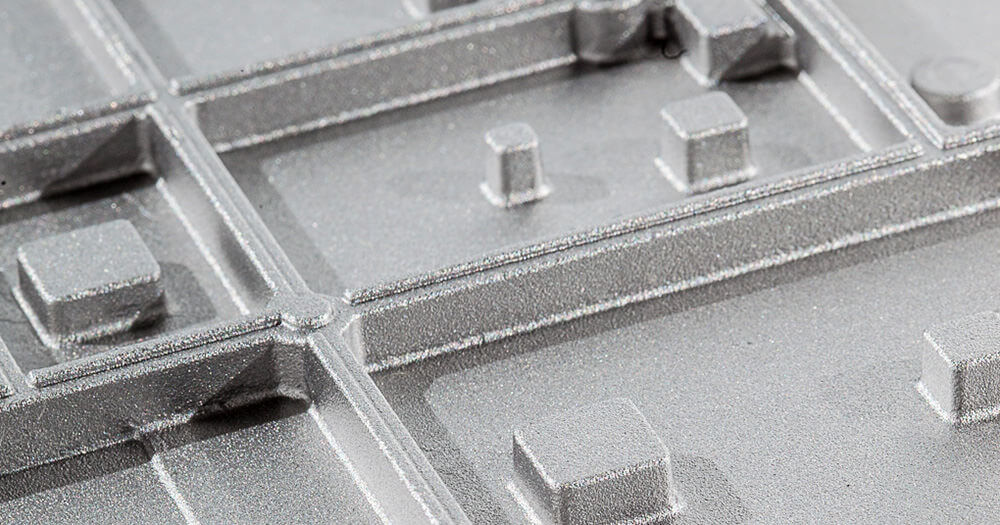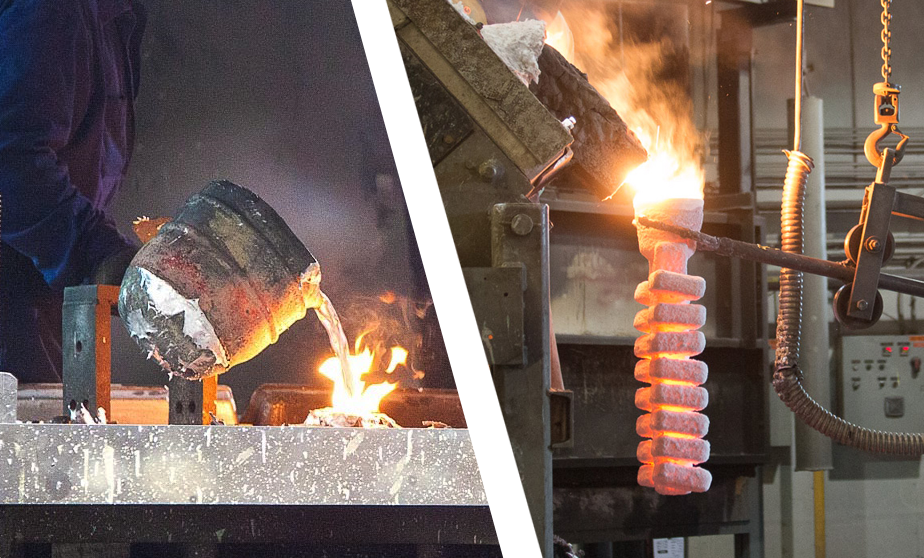The Ultimate Guide To Stahl Specialty Company
The Ultimate Guide To Stahl Specialty Company
Blog Article
Getting The Stahl Specialty Company To Work
Table of ContentsSome Known Incorrect Statements About Stahl Specialty Company Not known Details About Stahl Specialty Company 6 Easy Facts About Stahl Specialty Company Shown7 Easy Facts About Stahl Specialty Company DescribedThe Facts About Stahl Specialty Company UncoveredAll about Stahl Specialty Company

If you're creating a metal item, you've likely considered making use of light weight aluminum as the base product. Pure aluminum has restricted applications, so it is often incorporated with various other aspects, such as silicon, magnesium, and manganese to develop alloys.
Different aspects and amounts produce a broad selection of preferable physical and chemical properties. And the Aluminum Organization (AA), based in North America, has developed specs that manage aluminum alloys' structure, properties, and classification. There are 2 kinds of aluminum alloys functioned and cast. Shop workers create these alloy enters various ways, which significantly affects their characteristics.
Little Known Questions About Stahl Specialty Company.
Cast aluminum alloys are made by melting pure light weight aluminum and incorporating it with various other metals while in fluid type. The mix is poured right into a sand, die, or financial investment mold. After solidification, the metal is removed from its mold. At this phase, it is in either its final type or as a billet or ingot for additional handling.

The 4th figure, which comes after the decimal point, defines if the alloy is a casting (xxx. Wrought aluminum alloys additionally begin by integrating liquified light weight aluminum with various other steels. In contrast to cast alloys, nonetheless, they are formed right into their final form via procedures such as extrusion, rolling, and flexing after the metal has strengthened right into billets or ingots.
There are several small differences between wrought and cast aluminum alloys, such as that cast alloys can contain much more considerable quantities of various other steels than wrought alloys. The most significant distinction between these alloys is the manufacture procedure via which they will go to supply the final item. Besides some surface area therapies, cast alloys will certainly exit their mold and mildew in almost the precise strong kind desired, whereas functioned alloys will certainly go through several alterations while in their strong state.
If you believe that a wrought alloy might be the ideal for your task, take a look at some of our articles that discuss more about particular wrought alloys, such as Alloy 6061 and Alloy 6063. On the various other hand, if you believe a cast alloy would be much better for you, you can discover more concerning some actors alloys in our Alloy 380 and Alloy 383 write-ups (coming soon).
The 7-Minute Rule for Stahl Specialty Company
When picking an aluminum foundry for your manufacturing needs, it's important to study numerous elements. One of one of the most vital aspects to take into consideration is the experience and skills of the factory. Foundries in Missouri. Choosing a foundry that has the right expertise of the aluminum casting procedure, and the portfolio to reveal for it, helps to have an effective result for your project
Having the experience and sector understanding to engineer your spreadings for ideal manufacturing and high quality end results will streamline the job. Making aluminum castings requires a complicated collection of processes to attain the best outcomes. When selecting a new aluminum foundry to partner with, guarantee they have considerable sector experience and are well-informed regarding all elements of the light weight aluminum spreading procedure: design, production, product analysis, and product screening.
The foundry ought to additionally have a tested performance history of supplying phenomenal products that satisfy or go beyond customer expectations. Quality control ought to likewise go to the top of your checklist when choosing a light weight aluminum factory. By dealing with a certified shop that complies with the requirements for quality control, you can protect the integrity of your item and guarantee it satisfies your specs.
By choosing a firm who offers solutions that meet or surpass your product requirements, you can be certain that your project will certainly be completed with the utmost accuracy and efficiency. Various components require various production techniques to cast aluminum, such as sand casting or pass away casting.
How Stahl Specialty Company can Save You Time, Stress, and Money.
Pass away casting is the name provided to the process of developing complex steel components via usage of mold and mildews of the part, also called passes away. The procedure makes use of non-ferrous metals which do not consist of iron, such as aluminum, zinc and magnesium, due to the preferable residential or commercial properties of the metals such as low weight, higher conductivity, non-magnetic conductivity and resistance to corrosion.
Die casting production is fast, making high production degrees of components simple. It creates more parts than any type of various other process, with a high degree of accuracy and repeatability. For more information regarding die casting and die casting materials utilized while doing so, checked out on. There are 3 sub-processes that drop under the classification of die spreading: gravity die casting (or long-term mold and mildew casting), low-pressure die spreading and high-pressure die spreading.
No matter the sub-process, the die casting procedure can be broken down right into six steps. After the pureness of the alloy is evaluated, passes away are developed. To prepare the passes away for casting, it is essential that the dies are clean, to make sure that no residue from previous productions stay. After cleaning, the ejection lubrication is put on the die to make certain a smooth release.
Stahl Specialty Company Things To Know Before You Get This
The pure steel, likewise recognized as ingot, is included in the heater and maintained the molten temperature of the steel, which is then transferred to the shot chamber and infused into the look at this site die. The pressure is then maintained as the metal strengthens. As soon as the metal solidifies, the cooling process starts.
(https://www.figma.com/design/5dtta9biYAvurKhKjAAp7p/Untitled?node-id=0-1&t=AoovjzyjwBUdKG93-1)
The thicker the wall surface of the part, the longer the cooling time due to the quantity of indoor steel that likewise requires to cool down. After the element is completely cooled, the die halves open and an ejection device presses the element out. Complying with the ejection, the die is closed for the next shot cycle.
The flash is the added product that is cast during the process. Deburring removes the smaller sized items, called burrs, after the cutting procedure.
Stahl Specialty Company for Dummies

Zinc is one of the most previously owned alloys for die spreading due to its lower cost of raw products. Its deterioration resistance likewise allows the parts to be lengthy enduring, and it is one of the much more castable alloys due to its reduced melting factor.
As pointed out, this alloy is among the most commonly used, yet makes will, at times, pick light weight aluminum over zinc as a result of light weight aluminum's production advantages. Light weight aluminum is very cost-effective and among the much more functional alloys. Aluminum is used for a number of various items and industries anything from window frames to aerospace products.
Report this page